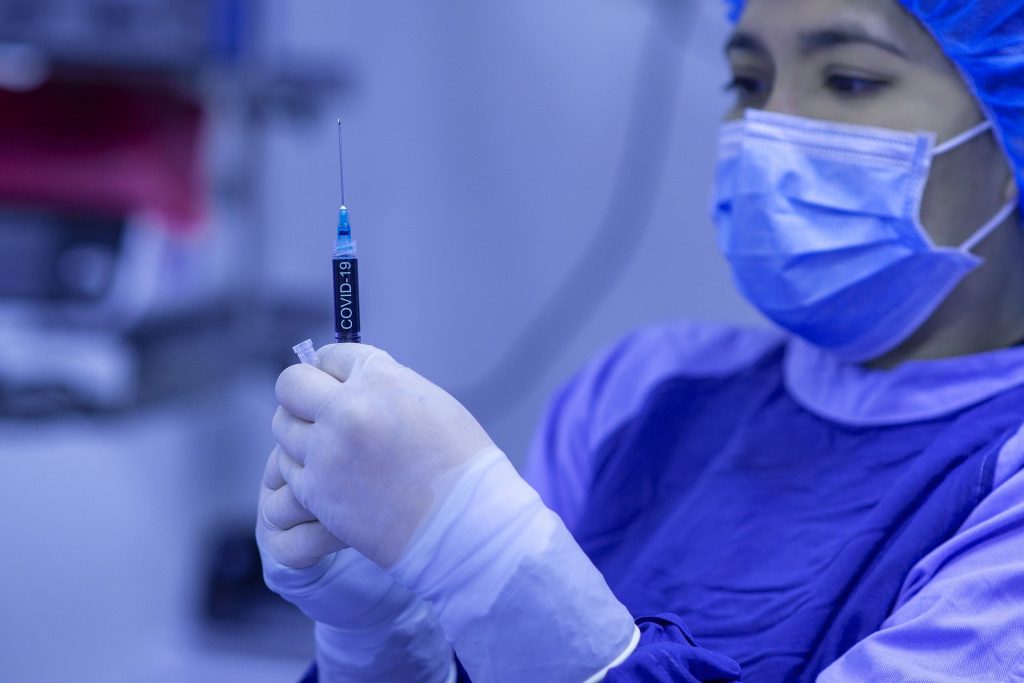The 20th century represented a time of great advances for humanity, within these advances we can find aviation as one of the most important because it represents a connectivity and exchange between different parts of the world, it is also a means of supporting for international solidarity in difficult times.
Contents
IATA forecast
The International Air Transport Association (IATA) has predicted that aviation will be a key element in dealing with the Covid-19 crisis, especially in the year 2021 because it will require an efficient supply mechanism for medicines and vaccines, which will help the whole world and especially the most affected regions to have equitable access to health related supplies.
In order to achieve the best results, IATA has announced in November 2020 a series of measures and considerations that must be taken into account, both by countries and the various airlines involved in the distribution of health supplies. The performance of various airport managers at the distribution points involved will be vital in meeting this challenge (if you wish, you can read our previous article entitled What does an airport manager do? where we explain the functions of an airport manager).
The guidance and considerations for the transport of drugs and medical products proposed by IATA
The guide proposed by IATA consists of a diversity of topics and points to consider. For the present article we will focus on the section that IATA has catalogued as “risks” to carry out the task of distribution of inputs, and which basically consists of situations that arise in an unforeseen manner in what was expected to be a normal operation.
Risks with high probability of occurrence in the distribution of vaccines according to IATA
Based on previous experiences in the distribution of urgently needed goods, IATA has foreseen undesirable situations (risks) that can easily occur in the operations of distribution of vaccines and medicines, those involved in such operations should take into account these risks and have alternative solutions (always ready) if necessary.
Operational risks
In this category, IATA considers that there is a lack of air cargo capacity, that is, that inputs cannot be transported because there is no longer room for them on the aircraft to be used. This situation can easily occur in the intermediate points of the distribution chains, especially in those places where the target is difficult to access. In view of this situation, IATA proposes to have aircraft ready and available for the transport of inputs that have not been possible to transport in the main medium.
Risks in the personnel
IATA has also considered that within the supply chain there must be adequate training for all personnel who will handle the medicine and vaccine packages to reduce the risk that due to lack of training the inputs will not be handled properly, exposing them to conditions that will affect them. On the other hand, the personnel should be carefully selected and inspected to avoid the illegal removal of the products for their later sale or inappropriate distribution.
The Complete Guide:
You can access the complete IATA guide for air transport of vaccines by visiting the following link.
What do you think about this topic? What other risks do you think IATA contemplates in its guide?
If you have any doubt or question you can contact us or write your query in the comments section below.
Image by Fernando Zhiminaicela via Pixabay under Creative Commons license.
